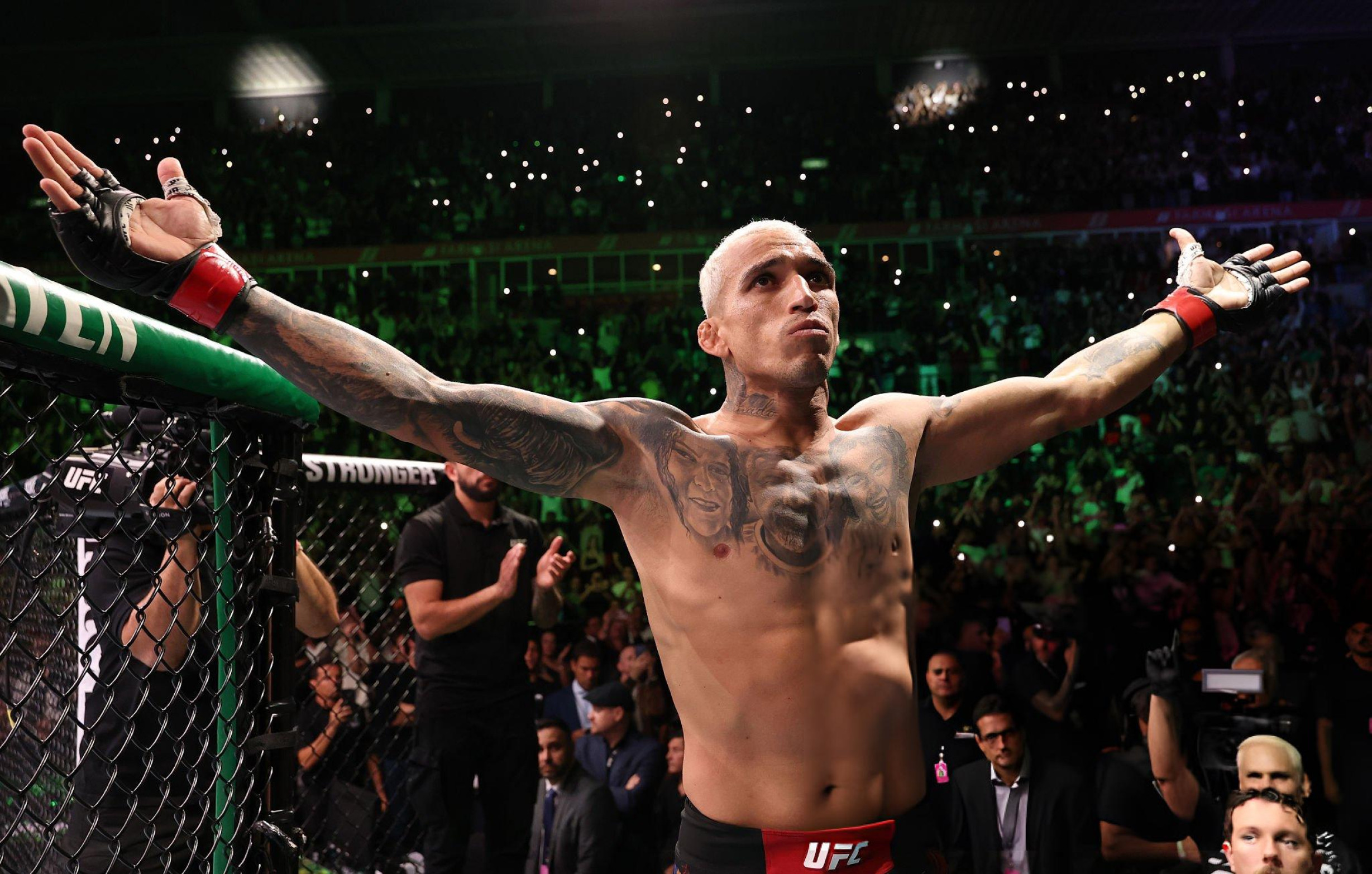Advanced Bankroll Management for Poker Players in 2025
For aspiring poker players, understanding the intricacies of poker bankroll management strategies is as crucial as mastering hand ranges or sophisticated bluffing techniques. Unlike other forms of gambling where the house edge is fixed, poker is a game of skill, yet it’s profoundly affected by “variance”—the short-term ups and downs driven by luck. A robust bankroll management strategy therefore acts as your financial shield, ensuring you can weather these inevitable swings and remain in the game long enough for your skill to translate into consistent profit. In 2025’s competitive poker landscape, this discipline is more vital than ever.
The Core Concept: Why Poker Demands Unique Bankroll Rules
At its heart, a poker bankroll is the money you’ve dedicated exclusively to playing poker. This fund must be separate from your personal living expenses. However, the application of bankroll management in poker differs from general gambling due to several key factors:
- Skill Edge: In poker, you can be a long-term winning player. Your bankroll management aims to ensure you don’t go broke during short-term bad runs, even when making correct decisions.
- Variance: Poker has higher variance compared to games like blackjack or roulette. Even strong players can experience prolonged losing streaks (downswings) lasting dozens or even hundreds of buy-ins.
- Buy-ins and Stakes: Poker games are defined by their “stakes” or “limits,” typically represented by the big blind (BB) in cash games or the buy-in amount in tournaments. Proper bankroll management dictates which stakes you can safely play.
- Win Rate: Your win rate (e.g., big blinds per 100 hands in cash games, or ROI in tournaments) directly influences the bankroll you need. A higher win rate generally allows for a smaller required bankroll, as you’re more efficiently replacing lost funds.
Fundamental Bankroll Management Strategies
To build a sustainable poker career, or even just enjoy the game without financial stress, these strategies are non-negotiable.
1. The “Buy-in” Rule for Cash Games
The most widely adopted rule for cash games revolves around the number of “buy-ins” you should have for a given stake. A standard buy-in is typically 100 big blinds (BB).
- Beginner/Recreational Players (Slightly Winning): Aim for 40-50 buy-ins for the stakes you wish to play. For example, if you want to play NL10 (blinds $0.05/$0.10, so a $10 buy-in), you would need a bankroll of $400 – $500. This provides a solid cushion against variance.
- Serious/Professional Players (Strong Win Rate): More established players with proven high win rates might play with 20-30 buy-ins for cash games, particularly for live play where the number of hands per hour is lower and variance is less pronounced. Online multi-tabling, however, still often calls for a higher number (e.g., 50+ buy-ins) due to the sheer volume of hands and resulting higher short-term variance.
- Understanding “Risk of Ruin”: This buy-in structure directly addresses your “risk of ruin” – the probability of losing your entire bankroll. A larger number of buy-ins significantly reduces this risk, allowing your skill to overcome negative variance in the long run.
2. Tournament (MTT & SNG) Bankroll Requirements
Tournament poker, especially Multi-Table Tournaments (MTTs), features significantly higher variance than cash games due to their “winner-take-all” structure and the infrequency of cashes.
- MTTs: For MTTs, a general guideline is 100-200 buy-ins for the average tournament you play. If you play high-variance formats like “Spin & Gos” or large-field tournaments, this number can climb to 300+ buy-ins. This seemingly large number accounts for long periods between significant cashes.
- Sit & Gos (SNGs): These generally have lower variance than MTTs, thus requiring 20-50 buy-ins, depending on the number of players and speed (e.g., 6-max hyper-turbos will need more than standard full-ring SNGs).
- ROI (Return on Investment): For tournament players, your ROI is your win rate. A higher ROI means you can potentially get by with slightly fewer buy-ins, but variance remains a dominant factor.
Advanced Tips and Strategic Considerations for 2025
Beyond the basic buy-in rules, sophisticated poker players employ additional strategies to optimize their bankroll management.
1. Leveraging Variance Calculators
Given the significant impact of variance in poker, using an online variance calculator (many free ones are available) is an invaluable tool.
- Predicting Downswings: By inputting your win rate (in bb/100 for cash games, or ROI for tournaments) and standard deviation (available in tracking software like PokerTracker or Hold’em Manager), these calculators can estimate the potential length and depth of downswings you might encounter.
- Informing Bankroll Sizing: Consequently, this data helps you understand the true minimum bankroll required to survive typical rough patches with a low risk of ruin (e.g., 1-5%).
2. Game Selection: Crucial for Bankroll Health
Choosing the right games is as important as managing your funds. Playing in soft games (where opponents are weaker) directly increases your win rate.
- Hunting the “Fish”: Always seek tables with at least one recreational player (“fish” or “whale”). If a table feels too tough, don’t hesitate to leave. This proactive approach ensures you maintain a positive expected value (EV) and reduce your exposure to higher variance games.
- Rake Awareness: Be mindful of the “rake” – the commission taken by the poker room from each pot or tournament buy-in. Higher rake disproportionately impacts win rates at lower stakes, sometimes making them tougher to beat. A good win rate often includes factoring in rakeback or other loyalty rewards.
3. Strategic “Shot-Taking”
As your bankroll grows, you might be tempted to move up in stakes. While crucial for progression, this should be done cautiously.
- Measured Steps: Don’t jump too many stakes at once. Take calculated “shots” at the next higher limit (e.g., using 1-2 buy-ins from your current comfortable bankroll).
- Drop-Down Strategy: If your shot isn’t successful (e.g., you lose 2-3 buy-ins at the higher stake), immediately drop back down to your previous comfortable limit to rebuild your bankroll. Never force yourself to stay at a higher stake when your bankroll doesn’t support it. This discipline prevents catastrophic losses.
4. The Mental Game and Emotional Discipline
Bankroll management isn’t just about numbers; it’s profoundly psychological.
- “Scared Money”: Avoid playing with “scared money”—funds you cannot afford to lose. When you play with scared money, your decisions become risk-averse, leading to suboptimal play (e.g., folding good hands, missing value bets).
- Stop-Loss Limits: Implement personal “stop-loss” limits for individual sessions. Decide beforehand that if you lose X number of buy-ins in a session, you will immediately stop playing for the day, regardless of how you feel. This prevents tilt and impulsive behavior.
- Record Keeping and Review: Diligently track every session. Use poker tracking software (like PokerTracker 4 or Hold’em Manager 3 for online play, or even a simple spreadsheet for live games). Analyze your results against your bankroll rules to identify leaks and confirm your win rate. This continuous feedback loop is invaluable for improvement.
The Bottom Line: Longevity and Growth
Ultimately, sophisticated poker bankroll management strategies are about ensuring your longevity in the game. It’s not about avoiding losses entirely—that’s impossible in poker. Instead, it’s about making sure that the inevitable bad runs don’t force you out of the game before your skill has a chance to shine over the long term. By adhering to these principles, poker players in 2025 can build sustainable careers, move up in stakes responsibly, and enjoy the game for years to come.














Post Comment